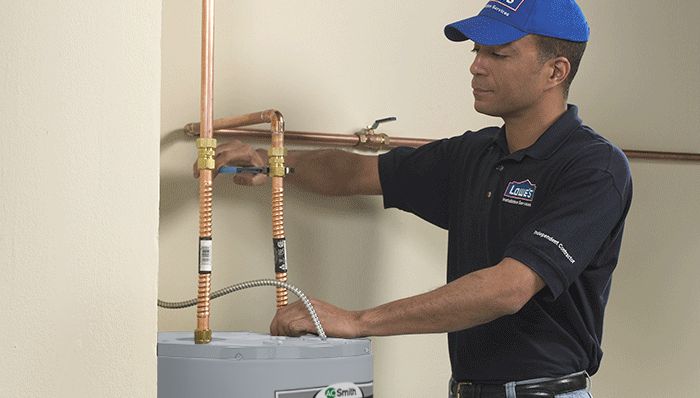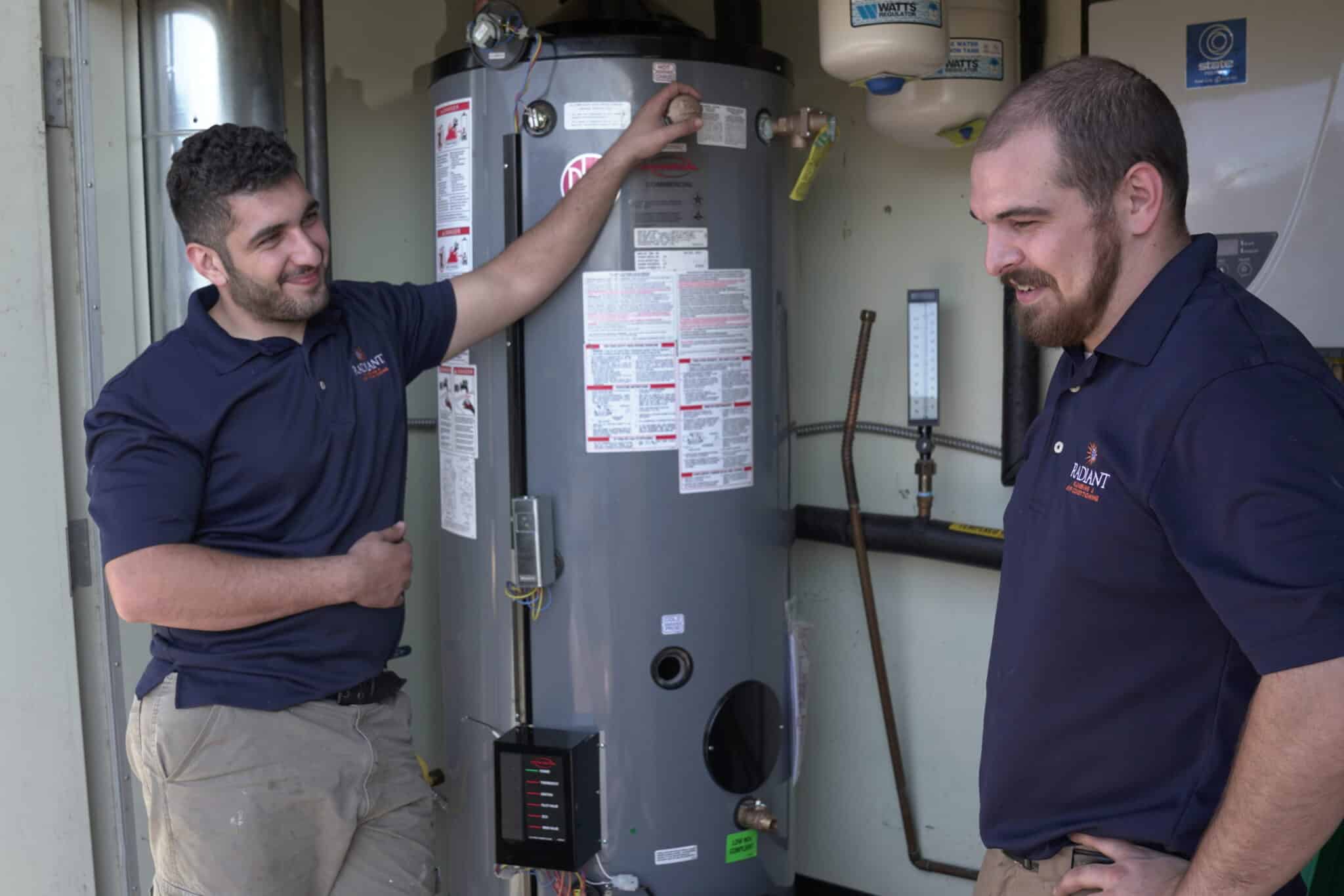Effective Strategies for Maintaining Your Home's Hot Water SystemExpert Guidance on Caring for Your Home's Hot Water System
Effective Strategies for Maintaining Your Home's Hot Water SystemExpert Guidance on Caring for Your Home's Hot Water System
Blog Article
Just about everyone seems to have his or her own rationale with regards to How to Maintain a Hot Water Heater in a Few Simple Steps.

Hot water is important for everyday comfort, whether it's for a revitalizing shower or cleaning recipes. To guarantee your warm water system runs efficiently and lasts longer, regular maintenance is essential. This short article provides useful ideas and insights on exactly how to preserve your home's hot water system to prevent disturbances and expensive fixings.
Intro
Maintaining your home's hot water system may appear daunting, but with a couple of simple steps, you can guarantee it runs smoothly for many years to come. This guide covers whatever from recognizing your warm water system to DIY maintenance suggestions and recognizing when to call professional assistance.
Value of Keeping Your Hot Water System
Regular maintenance not only prolongs the life expectancy of your warm water system yet additionally guarantees it operates efficiently. Overlooking maintenance can cause lowered performance, greater power costs, and even premature failing of the system.
Indicators Your Warm Water System Requirements Maintenance
Knowing when your hot water system requires focus can stop major issues. Look out for indicators such as irregular water temperature, strange noises from the heating system, or rustic water.
Comprehending Your Hot Water System
Before diving right into upkeep tasks, it's useful to recognize the fundamental components of your hot water system. Commonly, this includes the water heater itself, pipelines, anode rods, and temperature controls.
Month-to-month Upkeep Tasks
Routine monthly checks can aid capture minor issues prior to they intensify.
Flushing the Hot Water Heater
Purging your water heater gets rid of debris buildup, boosting effectiveness and prolonging its life.
Monitoring and Changing Anode Rods
Anode rods protect against rust inside the tank. Evaluating and replacing them when broken is important.
Inspecting and Readjusting Temperature Setups
Changing the temperature setups guarantees optimum performance and safety.
Do It Yourself Tips for Maintenance
You can do several upkeep tasks yourself to maintain your warm water system in top condition.
Looking for Leaks
Routinely evaluate pipelines and connections for leakages, as these can cause water damage and greater expenses.
Evaluating Stress Alleviation Valves
Evaluating the stress safety valve ensures it operates properly and prevents too much pressure build-up.
Protecting Pipelines
Protecting warm water pipelines reduces warm loss and can conserve energy.
When to Call an Expert
While DIY maintenance is valuable, some concerns require expert proficiency.
Complicated Concerns Requiring Expert Aid
Examples consist of significant leaks, electric troubles, or if your water heater is constantly underperforming.
Regular Professional Maintenance Conveniences
Professional maintenance can consist of thorough evaluations, tune-ups, and making certain conformity with safety requirements.
Verdict
Regular maintenance of your home's hot water system is necessary for performance, longevity, and expense financial savings. By adhering to these tips and knowing when to seek professional assistance, you can make certain a reputable supply of warm water without unanticipated disruptions.
How to Maintain an Instant Hot Water Heater
Before tinkering with your hot water heater, make sure that it’s not powered on. You also have to turn off the main circuit breaker and shut off the main gas line to prevent accidents. Also turn off the water valves connected to your unit to prevent water from flowing into and out of the appliance. 2. When you’re done, you have to detach the purge valves’ caps. These look like the letter “T” and are situated on either side of the water valves. Doing so will release any pressure that has accumulated inside the valves while at the same time avoid hot water from shooting out and burning your skin. 3. When the purge valves’ caps are removed, you have to connect your hosing lines to the valves. Your unit should have come with three hoses but if it didn’t, you can purchase these things from any hardware or home repair shops. You can also get them from retail stores that sell water heating systems. Read the user’s manual and follow it to complete this task properly. When the hosing lines are connected, open the purge port’s valves. 4. You should never use harsh chemical cleaners or solutions when cleaning your unit. Make use of white vinegar instead. It should be undiluted and you’ll probably use about 2 gallons. 5. Now flush your water heater. This task should probably take about 40 minutes. We can’t give you specific directions for this because the procedure is carried out depending on the type, model and brand of your heater. With that being said, refer to the user’s manual. 6. When you’re done draining the unit, you have to turn off the purge port valves again. Remove the hosing lines that you earlier installed on each of the water valves. Put the valve caps (purge port) back in their respective places and be very careful so as not to damage the rubber discs that are found inside these caps. 7. Now that everything’s back in place, check your user’s manual again to find out how to reactivate your water heating system. 8. Once it is working, turn one of your hot water faucets on just to let air pass through the heater’s water supply pipes. Leave the tap on until water flows smoothly out of it. https://www.orrplumbing.com/blog/2014/september/how-to-maintain-an-instant-hot-water-heater/

We had been made aware of that write-up on Tips For Maintaining Your Hot Water Heater through an acquaintance on our other web address. If you please take the time to promote this content if you liked it. I praise you for being here. Revisit us soon.
Book A Service Report this page